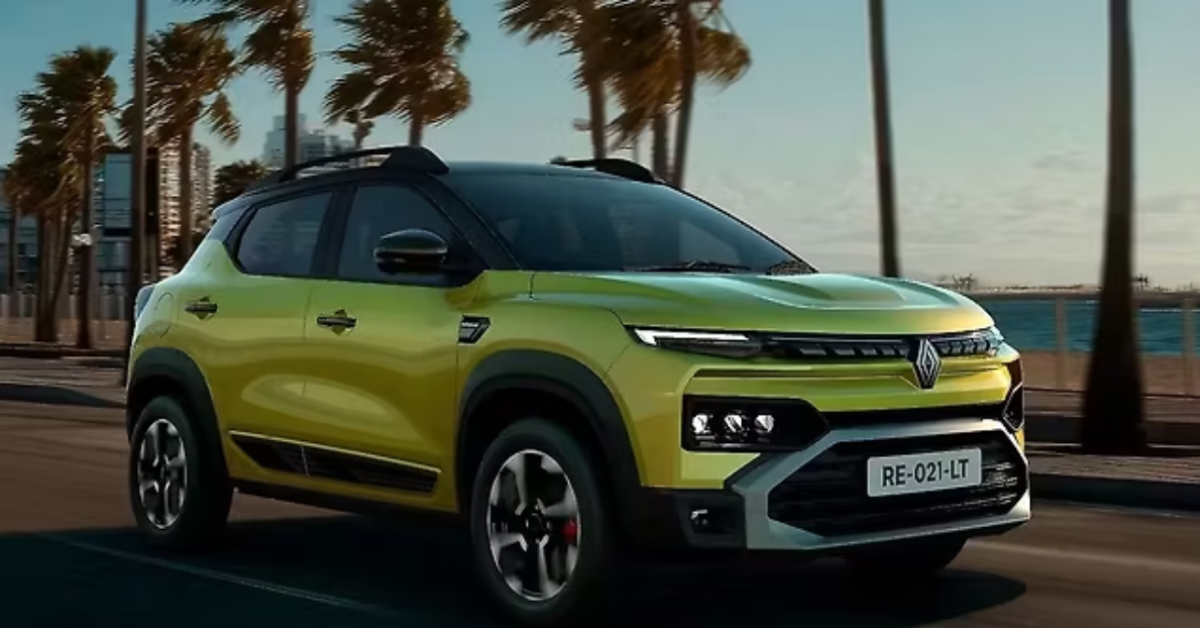The automotive industry is undergoing a major transformation. Consumers are increasingly seeking fuel-efficient, eco-friendly, and technologically advanced vehicles, while governments push for stricter emission norms and sustainability targets. Recognizing these trends, Renault India has unveiled a multi-powertrain strategy, aiming to provide flexible mobility solutions that cater to the evolving needs of Indian consumers.
This strategy encompasses petrol, hybrid, and electric powertrains, positioning Renault as a forward-thinking automaker in the country. In this blog, we explore what the strategy entails, its significance, and how it is shaping the future of mobility in India.
1. Embracing a Multi-Powertrain Approach
Renault’s multi-powertrain strategy is designed to offer multiple propulsion options, ensuring customers can choose vehicles suited to their driving patterns and environmental concerns:
- Petrol Engines: Efficient and cost-effective for urban commuting and long-distance travel.
- Hybrid Vehicles: Combine internal combustion engines with electric motors to reduce fuel consumption and emissions.
- Fully Electric Vehicles (EVs): Zero tailpipe emissions, advanced battery technology, and connectivity features for sustainable urban mobility.
This approach ensures that Renault remains competitive across segments while supporting India’s goals for cleaner transportation and reduced carbon footprint.
2. Renault’s Commitment to Sustainability
Sustainability is at the heart of Renault’s multi-powertrain vision. Key initiatives include:
- Reducing Emissions: Hybrid and electric powertrains significantly lower CO2 emissions, contributing to cleaner air.
- Energy Efficiency: Advanced engines and regenerative braking systems maximize energy use.
- Future-Proof Mobility: Electrification aligns with global trends and India’s push for electric mobility adoption by 2030.
- Eco-Friendly Manufacturing: Renault is investing in green factories and production processes to minimize environmental impact.
By integrating sustainability across product design, manufacturing, and operation, Renault India is actively contributing to a greener automotive ecosystem.
3. Hybrid Powertrains: Bridging Efficiency and Performance
Hybrid vehicles serve as a bridge between conventional petrol engines and full EVs, offering both performance and efficiency:
- Fuel Efficiency: Combines petrol engine efficiency with electric motor support, reducing fuel costs.
- Lower Emissions: Significantly cuts down CO2 and NOx emissions compared to traditional vehicles.
- City-Friendly Driving: Ideal for stop-and-go traffic with smooth electric power delivery at low speeds.
- Regenerative Braking: Converts kinetic energy into electricity to recharge the battery, enhancing efficiency.
Renault’s hybrid models are designed to appeal to urban drivers, offering an eco-conscious yet practical alternative to conventional vehicles.
4. Fully Electric Vehicles: Pioneering India’s EV Revolution
Renault has been a pioneer in India’s electric mobility landscape, and its multi-powertrain strategy places EVs at the center of future growth:
- Zero Tailpipe Emissions: Ideal for environmentally conscious buyers in cities with rising pollution levels.
- Modern Technology: Advanced battery management systems, fast-charging capability, and connected infotainment features.
- Cost Savings: Reduced fuel expenses and lower maintenance costs compared to internal combustion vehicles.
- Government Incentives: EV adoption is further encouraged by subsidies, tax benefits, and favorable policies.
By expanding its EV portfolio, Renault India is positioning itself as a leader in sustainable urban transportation, ready to meet future mobility demands.
5. Advantages for Indian Consumers
The multi-powertrain strategy offers several benefits to Indian buyers:
- Choice and Flexibility: Customers can select petrol, hybrid, or electric based on budget, driving habits, and environmental priorities.
- Reduced Fuel Costs: Hybrid and electric vehicles help save on fuel, particularly in cities with heavy traffic.
- Lower Maintenance: EVs and hybrids have fewer moving parts, reducing long-term maintenance costs.
- Enhanced Driving Experience: Hybrid and electric powertrains provide smooth acceleration, quiet operation, and regenerative braking.
- Future-Ready Mobility: Buyers invest in vehicles that are aligned with India’s EV policies and global automotive trends.
This approach ensures that Renault caters to a wide range of customers while actively promoting sustainability.
6. Challenges and Opportunities
While the multi-powertrain strategy is promising, some challenges need to be addressed:
- Infrastructure: EV adoption depends heavily on charging infrastructure expansion across cities and highways.
- Battery Costs: High battery prices can influence the upfront cost of electric vehicles.
- Consumer Awareness: Educating buyers about hybrid and electric vehicles is crucial for widespread adoption.
Despite these challenges, Renault sees immense opportunities, as India’s EV market is expected to grow exponentially, supported by favorable government policies and increased environmental awareness.
Conclusion
Renault India’s multi-powertrain strategy marks a significant step towards sustainable and flexible mobility. By offering petrol, hybrid, and electric options, Renault provides Indian consumers with choice, efficiency, and modern technology, catering to diverse driving needs and environmental concerns.
The strategy aligns with India’s ambitious goals for EV adoption, reduced emissions, and cleaner urban transportation. Hybrid and electric vehicles play a key role in bridging the gap between traditional internal combustion engines and fully electrified mobility solutions.
For Indian buyers, Renault’s approach means more options, reduced running costs, enhanced driving comfort, and environmental responsibility. With this vision, Renault India is not just keeping pace with global trends but is also actively shaping the country’s sustainable automotive future.
As the automotive landscape evolves, Renault India’s multi-powertrain strategy positions the brand for growth, relevance, and leadership in the next era of mobility.
